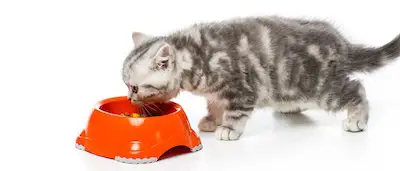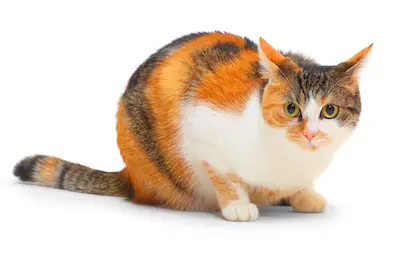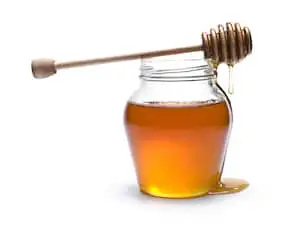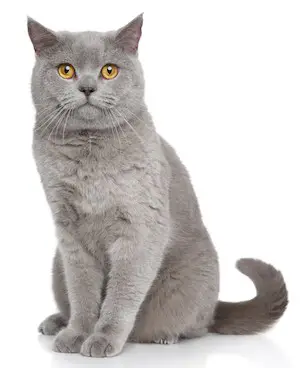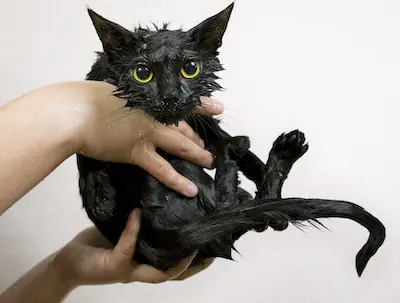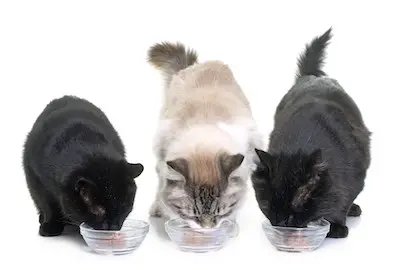Updated on
Most people think cats are only at risk if exposed to the big wide world lurking outside the front door, but this is simply not true.
There are many dangers inside your nice warm home where you might think keeping your cat safe is relatively easy.
Take a good look around your house going over it room by room considering the dangers, and the associated safety precautions that you would do for a human toddler. Apply the same for your cat.
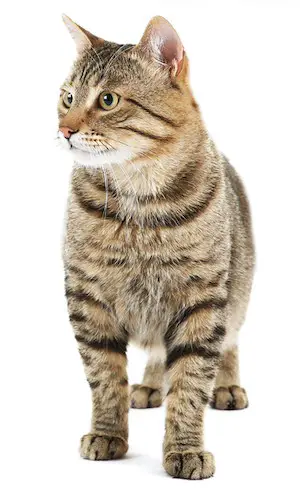

GARDEN SPRAYS
Garden sprays and pesticides are an example of chemicals that may carry a label stating “keep away from babies and small children,” and should also be considered dangerous to cats.
For example, slug pellets are lethal to a cat. Instead of using this product, try using a small container buried into the ground and filled with beer. Snails and slugs are attracted to it and will drown.
For other pests such as aphids and greenflies, use diluted liquid dish soap, which is just as effective at killing such garden pests. Hormone weed killers, however, are generally harmless products and won’t be a danger to your cat.
KITCHEN
Kitchens are usually the focal point of any household, and a cat will usually want to take part in the everyday ado of meals being cooked, people chatting, and the warmth that comes from all that goes on in the kitchen.
All cats like to feel like they are part of the family. Just the same as you would do with a human toddler, never leave pots and pans unattended.
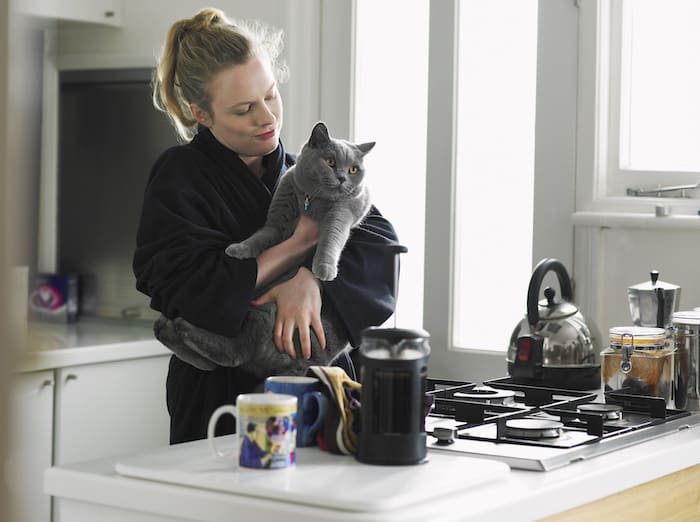

The interesting cooking smells will attract your cat and invite him to investigate. This could result in a burn or scalding or at the very best, your supper disappearing.
Cover the eyes on the stove after you finish cooking with a pan of cool water until the eye has completely cooled, to absorb the heat. With a little thought and effort, keeping your cat safe indoors in the kitchen can be accomplished.
BATHROOMS
Bathrooms pose the danger of drowning by water to your cat. Never leave the bath unattended without shutting the door so the cat cannot get in.
There is also danger with the toilet if you use the chemical blocks that clean with every flush. Most of these are highly toxic to cats, so always keep the toilet lid down if you are going to allow your cat access to the room.
WASHING MACHINES & DRYERS
Washing machines and dryers also pose a fatal attraction for your cat. If you have one of the front end loaders, your cat will be fascinated by the washing going round and round in the machine.
Mine finds the spin cycle particularly interesting! Never leave the door open, as your cat will see the warm appliance as a perfect place to happily jump into and go to sleep. It would then be too easy to throw in the laundry and switch on the machine, resulting in one very clean but very dead cat.
The same is true for the dryer. Always run your hand through the machines if the door has been left open before loading the machine. As a precaution, you should put a sticker on the machine to warn any others who may use it.
For some reason, cats seem to be attracted to the dirty laundry and will even sleep in the laundry basket. Check your laundry before you put it into the washing machine just in case there is a cat lurking in the depths!
DISINFECTANTS
Disinfectants are another hazard for your cat. Cats like to walk around the kitchen surfaces and are probably fed in the area too. It’s hard to keep them off the work surfaces where food is being prepared.
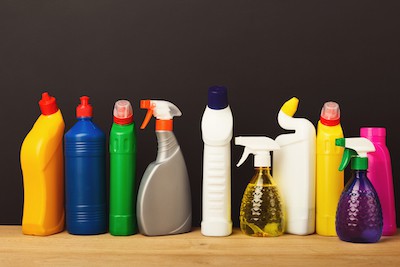

Check the labels on all your disinfectant products. Some do not state all of their ingredients, and you should avoid all of these to keep your cat safe. Choose only those you know to be harmless.
OPEN WINDOWS AND BALCONIES
Open windows and balconies pose other dangers to cats. Felines who are confined to living indoors need fresh air and will soon realize how to get out of an open window. It’s simple to make a wooden frame covered with wire mesh that will fit over a window frame if your windows are not equipped with fitted screens.
This will allow fresh air to circulate and your cat to be safe. Your cat could easily jump over the side of a balcony or to a nearby tree. Chicken wire on a wooden frame works quite well and can be covered with climbing plants as an added bonus.
CHEMICALS
Chemicals of all kinds are kept in your home, the obvious ones being cleaning products and do it yourself products such as glues and solvents, paint thinners, paint, and turpentine.
All these substances should be kept out of reach, the same way you would for small children. Keep all these products in a room or shed where the cat will have no access to it.
All paint products, wallpaper paste, and wood preservatives contain fungicides and antibacterial agents that are lethal to cats. Also, keep your cat out of a room that is being redecorated until all of the fumes have had time to dissipate.
HOUSEPLANTS


Houseplants such as mistletoe and poinsettia, which are poisonous, can also present a hazard for your cat. Laburnum seeds are fatal if eaten by your cat, and there are others that can cause serious stomach upset.
Most cats know instinctively when a plant is poisonous and will avoid it, but check plant guides to see if the plants you have in your home and garden are safe.
Other safety hazards for indoor cats
Other dangers lurk in almost every room of your house. Anywhere there are electrical power points and appliances, electric cables and wires seem to have all been made as a perfect cat toy to your cat, and he will love to chew through them. These can be placed into cut sections of garden hose to protect your cat.
Other common household threats such as sewing boxes, rubber bands, and paper clips can be harmful as well if left out into the reach of your cat. The best advice I can pass on to you would be to treat your home as if you had a baby or small toddler running around loose in it.
Get down on your hands and knees so that you can be at your cat’s eye level and see what he can see. Keeping your cat safe indoors just takes some basic common sense. Be aware of the risks and ensure that your cat enjoys a long and happy life.
